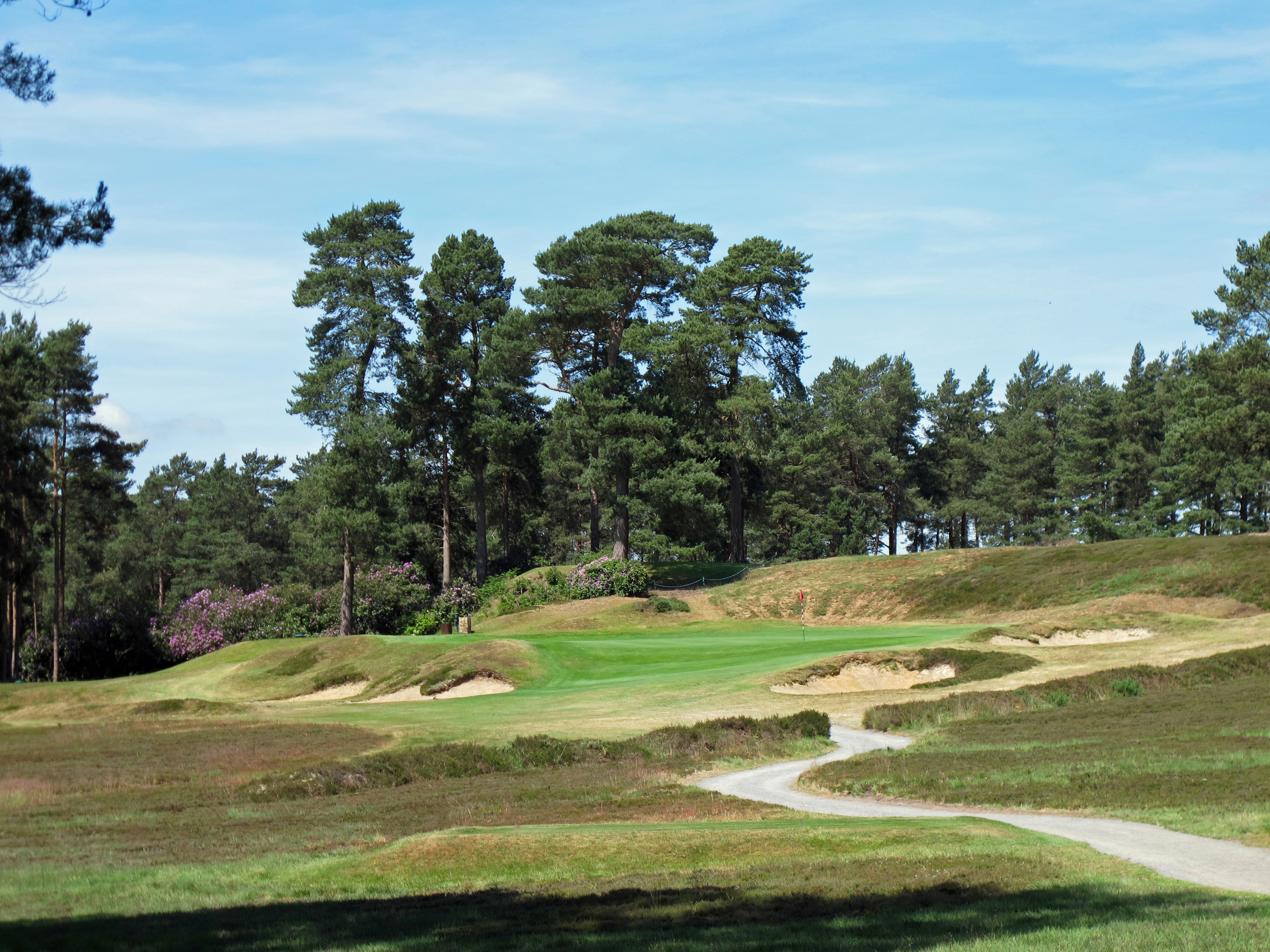What Is A Redan Green?
The original redan green was laid out at North Berwick in 1869


The original redan green was laid out at North Berwick in 1869, and has been copied throughout the world by various celebrated architects
A Redan green slopes from front to back, and is angled from front right to back left.
The classic redan green has the entrance to the green kept open, so as to allow shots to roll onto the putting surface, and the left flank of the green has bunkering beside it.
This contrasts with the slope of most greens which are from back to front which allows both for balls to stop on them and for the green surface to be visible on approach.
The original redan green is at North Berwick. It is now that course’s 15th hole. This hole was called Redan - redan means fortress - and so any copy of it became a ‘redan green’.
The original Redan hole was created in 1869. In those days, greens were laid on pieces of naturally occurring flat land. In this case, an existing ridge was used to create this green, and the contours of this particular ridge gave rise to this unusually contoured green.
One who admired the Redan hole at North Berwick was golf architect Charles Blair Macdonald.
Get the Golf Monthly Newsletter
Subscribe to the Golf Monthly newsletter to stay up to date with all the latest tour news, equipment news, reviews, head-to-heads and buyer’s guides from our team of experienced experts.
His own description of how to design a redan green is: “Take a narrow tableland, tilt it a little from right to left, dig a deep bunker on the front side, approach it diagonally and you have a Redan.”
This is what he did when laying out the 4th hole at National Golf Links in New York. Like the original, this is a longish par 3, at 197 yards. (The original Redan now plays to 190 yards.)
The length of the hole is important as it was intended to be played by a long iron, and so with a shallow approach trajectory. Thus most redan greens are found on longer par 3s.
Other designers have adopted the redan design. Willie Dunn even used it twice at Shinnecock Hills in New York, on the 189-yard 7th and the 169-yard 17th.
In England, the design can be found at Swinley Forest on the 185-yard 4th, a Harry Colt design. (Colt also used a redan green when laying out Toronto’s 190-yard 4th.) Dr Alister MacKenzie designed a redan green at Alwoodley on the 14th hole.
Contributing Writer Roderick is the author of the critically acclaimed comic golf novel, Summer At Tangents. Golf courses and travel are Roderick’s particular interests. He writes travel articles and general features for the magazine, travel supplement and website. He also compiles the magazine's crossword. He is a member of Trevose Golf & Country Club and has played golf in around two dozen countries. Cricket is his other main sporting love. He is also the author of five non-fiction books, four of which are still in print: The Novel Life of PG Wodehouse; The Don: Beyond Boundaries; Wally Hammond: Gentleman & Player and England’s Greatest Post-War All Rounder.
-
 Who Is On Rory McIlroy’s Team? Coaches, Caddie, Wife And More
Who Is On Rory McIlroy’s Team? Coaches, Caddie, Wife And MoreRory McIlroy is one of the game’s biggest stars, but who are the key figures behind the scenes helping his career soar while he keeps his feet on the ground?
By Mike Hall Published
-
 Real Players Use Long Irons, Right? Well, Fred Couples Nearly Made The Cut At The Masters At 65 Years Old, And His Longest Iron Is A…
Real Players Use Long Irons, Right? Well, Fred Couples Nearly Made The Cut At The Masters At 65 Years Old, And His Longest Iron Is A…Both Couples and Bernhard Langer turned back the clock brilliantly over the first two days at Augusta National and did so with some interesting bag setups.
By Joe Ferguson Published